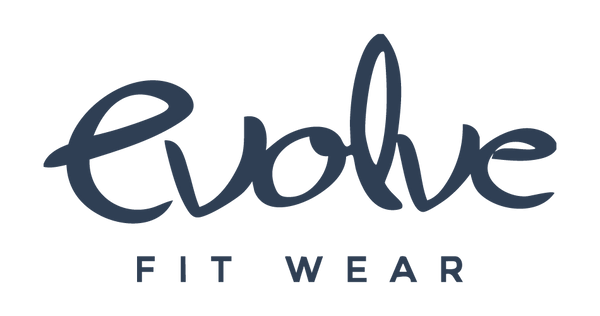Child’s pose, or balasana (bah-lahs-uh-nuh) in Sanskrit, is one of those foundational yoga poses that you’ll encounter in almost every yoga class that you attend. It can be found in a full-on yin class or in a hardcore power vinyasa yoga class. Let’s break down the child’s pose, from the mechanics of it to the energetics to the variations and modifications.

Step-By-Step Instructions on How To Do Child's Pose
Have you ever been in a yoga class and heard the teacher offer the option to go into a child’s pose at any time if you need to rest? Or are you the person who powers through because resting during a yoga practice is only for beginners? If you are the second person, this is for you but if you enjoy child’s pose variations, this is also for you. You never know, you might learn something new and find a way to “deepen your practice” as the yogis say (myself included).
Step 1: Start in a Tabletop Position
Typically you should start this yoga position on your hands and knees. You can get into child’s pose in a myriad of ways, but the most common way tends to be moving from a tabletop pose, which means you’re on all fours with your shoulders and hips somewhat stacked over wrists and knees).
Step 2: Bring Your Big Toes Together
From this position, “step” your knees out wider than hip-width (to what’s comfortable) and bring the big toes together.
Step 3: Push Your Hips Back on Your Feet
Sit your hips back towards your feet. If you can, resting your booty on your feet. If this hurts, you can place a rolled-up blanket or a bolster/pillow between your butt and your heels.
Step 4: Slide Hands Forward, Lower Forehead to the Ground
This is where you will start to feel the child's pose stretch. Start walking your hands forward in front of you, allowing your chest and forehead to move towards the ground.
If it starts to get uncomfortable, you don’t have to rest your chest and head on the ground. Instead, try your head rests on a block or on stacked fists. If you want to relieve tension in the shoulders, I recommend bending at the elbows.
Step 5: Adding in a Child’s Pose Variation: The Embryo Pose
Like a child’s pose, embryo is a “resting” pose. To do this variation, you don’t spread the knees wide. Instead, keep the knees together when you sit back. Then rest your arms at your sides towards your feet with palms facing up. Different lineages of yoga use different names for the same or different poses. Embryo to some might be completely different from this shape, so follow the shape cues if the name throws you off.

What does child’s pose stretch?
Child’s pose will stretch out your lower back muscles, inner thighs, ankles and even provide some light shoulder relief. The more you open your hips and further out your arms, the deeper the stretch.
What are the benefits of child’s pose?
The benefits of child’s pose are that it relieves tension and stress in the lower back and inner thighs. As with most forward folds, especially this one, you are going “within,” which signals to the brain that you are safe. In child’s pose you are blocking your view of everything outside of that little space in front of your face which is metaphoric for quieting the external and internal “noise” around us like an argument you might have had before coming into child’s pose or maybe a busy workday.
Opening the hips out, lengthens the back of the body, and stretches the ankles. A supported child’s pose can also relieve stress and tension in the neck, head, and shoulders areas.
Personally, I love doing child’s pose. The stretch feels so good and it can provide some time for inner work. With it being a deep forward fold that requires very little effort, I can’t think of anything better.
With all yoga poses, breathing is a big component. This pose allows you to breathe in a new way. When you are in child’s pose, your belly is most likely pressing into your thighs. There is a gentle compression happening. This compression forces your breath to go to new places, like the back body (i.e. your back, the “back of your heart”).
Also, if you’re a woman going through menstruation, child’s pose can provide a little comfort. If you aren’t a menstruating human, pass this on to someone who is. That gentle compression can provide a little relief for someone who may be experiencing cramps or pain. Combine the compression with some slow breathing, and quieting the mind, and you may be able to reduce the suffering a little bit, physically and mentally.
How to Breathe in Child’s Pose
This warranted its own little section. Yoga is, after all, all about the breath. We often go through so much of our day breathing. You wouldn’t be alive if you weren’t. But how often do you notice your breath? We often take shallow breaths – shallow as in they only make it to the chest area rather than filling up the entire belly.
When you breathe in child’s pose, you can’t really fill the belly all the way because it presses into your legs (or face looking toward your yoga leggings). Instead, keep breathing that way, but bring your awareness into your back, the space behind your heart. As your belly presses into your thighs, you feel your back rising in this space, doming up towards the ceiling. When you breathe in this manner, you notice your breath in the front of your body and the back of your body, which is super awesome.
You can lay in a child’s pose for just a few breaths as a temporary rest in between more intense movements. Or you can breathe there for a few minutes, allowing the back body to dome up for the inhales and sink deeper into the ground for the exhales.
Child Pose Variations & Modifications
Variation 1
Place a blanket under your knees if you need an extra layer of padding or comfort. Maybe lay on a bolster lengthwise to support the chest and add a rolled blanket between the bum and heels for a super supportive child’s pose (great for anyone needing gentleness on the knees and body).
Variation 2
Walk the hands to the left side of the mat while remaining in the child’s pose shape to feel a nice opening on the right side of the body. Move to the right side for the counter side. You can make this a little more active by coming onto your fingertips in the stretch rather than palms flat.
Variation 3
“Thread” the right arm under the outstretched left arm, resting the right shoulder and right cheek/forehead on the mat/block for a variation on Thread the Needle. Do the other side because balance.
Variation 4
Find breath-to-movement, or rhythmic vinyasa, by inhaling up to tabletop and exhaling right back down to child’s pose. Follow your breath for as many rounds as you like, imagining your breath has a string attached to it that’s pulling your body with it. As opposed to moving quickly
Practice Adding Child's Pose into Your Daily Routine
Child’s pose is a great pose to incorporate into your daily movement. Even if you do nothing but float from child’s pose to tabletop. Or just lay in child’s pose for a few minutes, that’s a great step for your mind, body, and heart. Child’s pose is a great pose to incorporate into a class or practice focused on the root chakra (grounding, safety, security), the sacral chakra (opening the hips, releasing emotions), and third eye chakra (intuition, thought).
You can practice child’s pose right before bed to help release tension and slow the mind or practice it in the morning as a way to slowly integrate yourself into the day. It’s a wonderful and relatively easy pose to find (unless you have knee injuries or are pregnant – and in that case, modify, listen to your body, and listen to your healthcare provider) that offers a plethora of benefits to all aspects of wellbeing.
As always, listen to your body. Adjust as needed. There is no “right” way to look in this shape. The right way is the way that works for your own body. Everyone’s bone structures are so completely different, especially in the pelvic bone. So walk those knees out, big toes together, and allow your heart to melt towards the Earth as your worries slowly slip away, leaving you with peace and serenity.
Have any questions? Please comment below!
 |
 |
 |
 |


